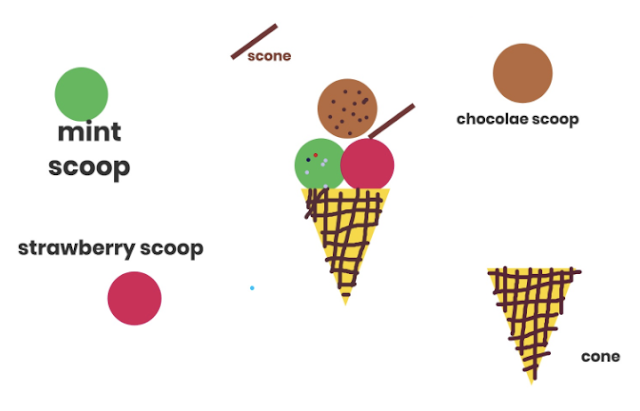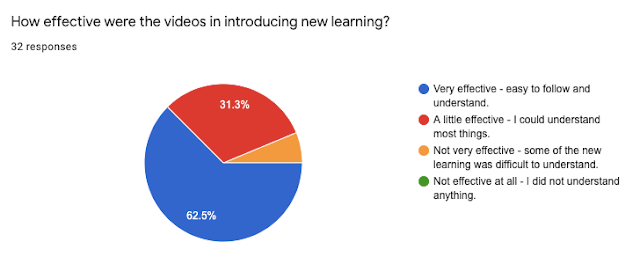Computational Thinking: Distance Learning Edition
- Sarah Hodgson
- May 14, 2020
- 2 min read

Image by Gerd Altmann from Pixabay
Way back when we were physically in the school building, it had always been the plan for me to integrate with the Grade 3’s unit of inquiry (How the World Works) ‘Scientists use a variety of tools and methods to accurately investigate and solve problems.’ I was to introduce the students to the Computational Thinking problem-solving method. When we moved to Distance Learning, we decided to keep this as part of the learning experience while also giving students opportunities to explore concepts OFF screen.
I created a series of Seesaw Activities that introduced the students to each element of the Computational Thinking method: Decomposition, Pattern Recognition, Abstraction, Algorithm Design. The fifth Seesaw Activity was designed to enable the students to work through each element in solving a problem. Students were assigned two Activities per week.
Part 6 – Google Form seeking feedback (results below)
Responses
As most educators have found, remote/distance learning has many challenges and one of those challenges is that we never seem to get 100% participation. Participation was higher for the first two Activities (about 75-80%). By the third week, Parts 5 and 6, there was approximately a 50% participation rate across three classes. It was great to see such variety in the responses, particularly in parts 3, 4, and 5, as they were open-ended and allowed for student choice. Here are a few examples of student responses:
Part 1 – Decomposition:

Part 3 – Abstraction:



Part 4 – Algorithm Design:
One student explained the steps for drawing an elephant (this was a video with spoken instructions as he drew):

An algorithm for making a good breakfast for your parents:

An algorithm for making a paper aeroplane:


Feedback
Feedback from students is always important to me. Following the final Seesaw Activity, I created a Google Form where students could give feedback on the Computational Thinking Activities and tasks.






There were also two text-based questions:
How could the Distance Learning videos and lessons about Computational Thinking be improved? A few selected responses here (most were saying “don’t change anything”):
Maybe you could have more examples.
To not always start the same.
It would be helpful if the teachers showed their faces in the videos.
More examples on all the steps.
Anything else you would like the teachers to know about your learning in Computational Thinking. There were only a few responses to this:
It was very fun and I hope the next grade 3s do it too.
I like the computational thinking tasks a lot!
No thanks, just stay safe.
All in all, I felt this was as successful as it could have been. If nothing else, I hope that it gave the students a quick, interesting dip into the realm of Computational Thinking. It is unlikely that I will be able to discover whether or not this new learning is retained, used, or transferred in the future. However, the feedback was primarily positive and the students seemed to enjoy it.
I’m sure I am not alone in thinking that I really cannot wait to get back into a real-life classroom.


Comentários